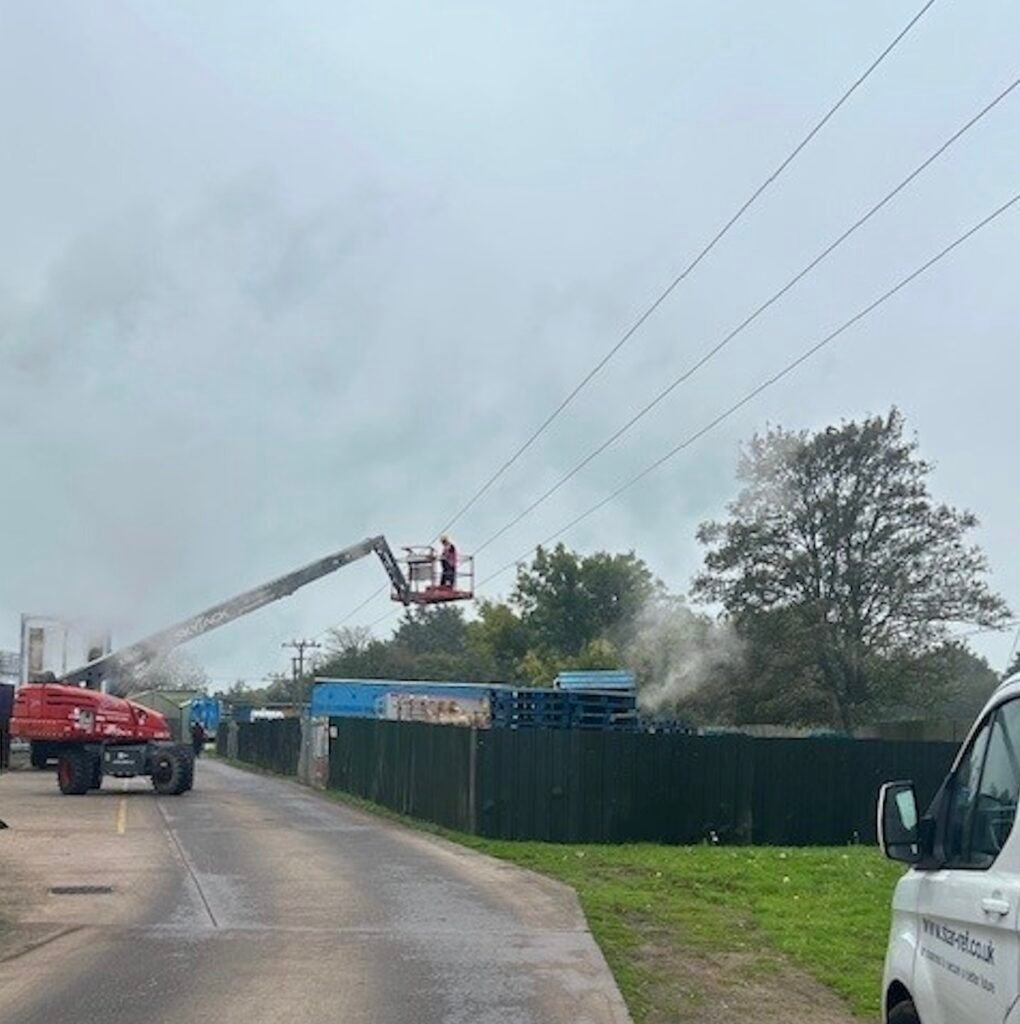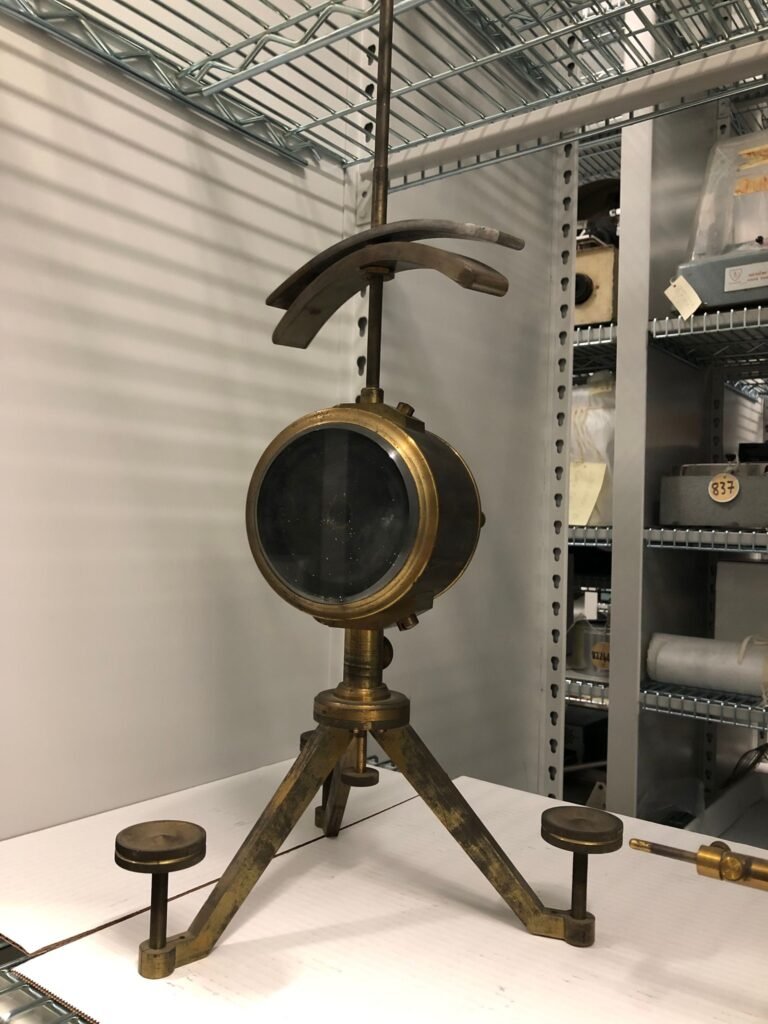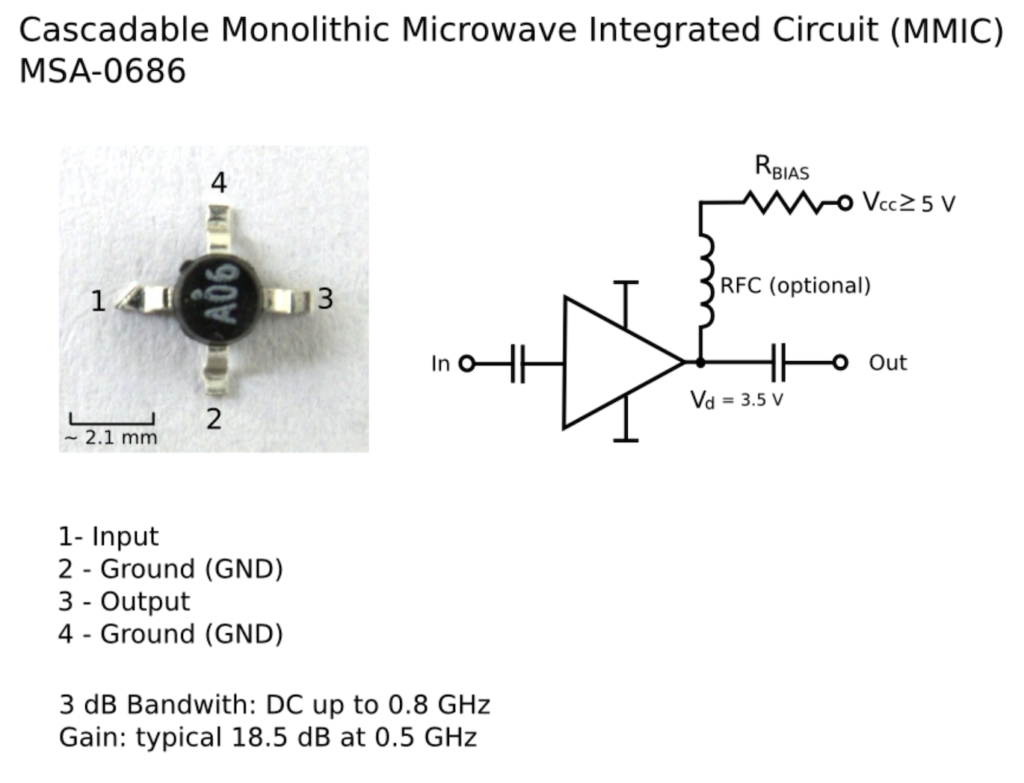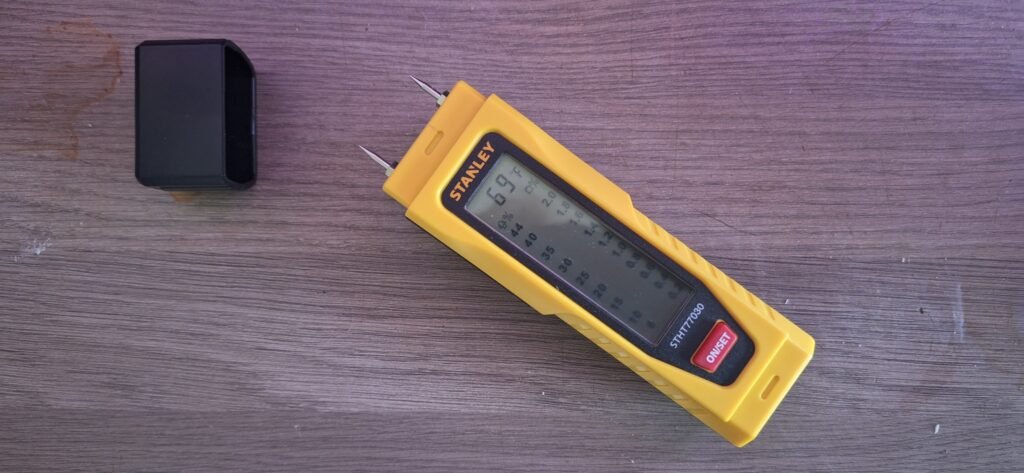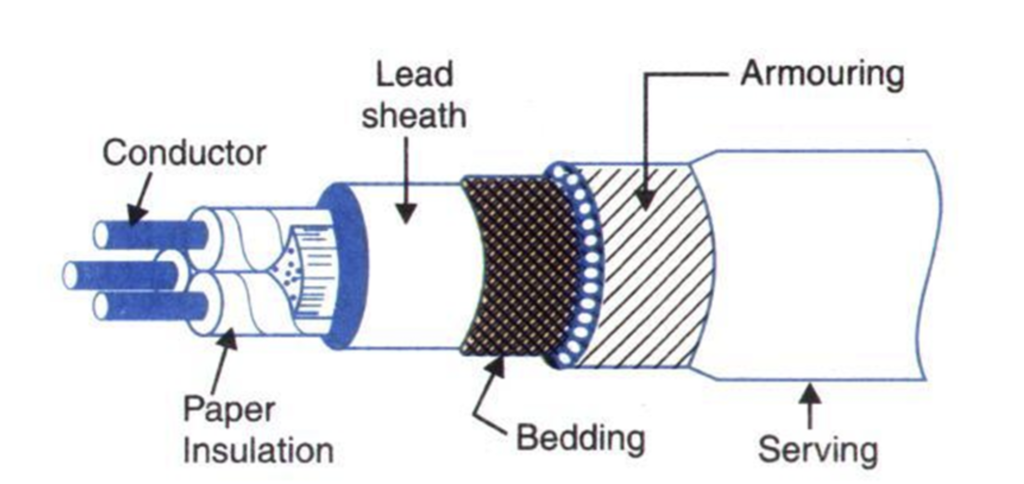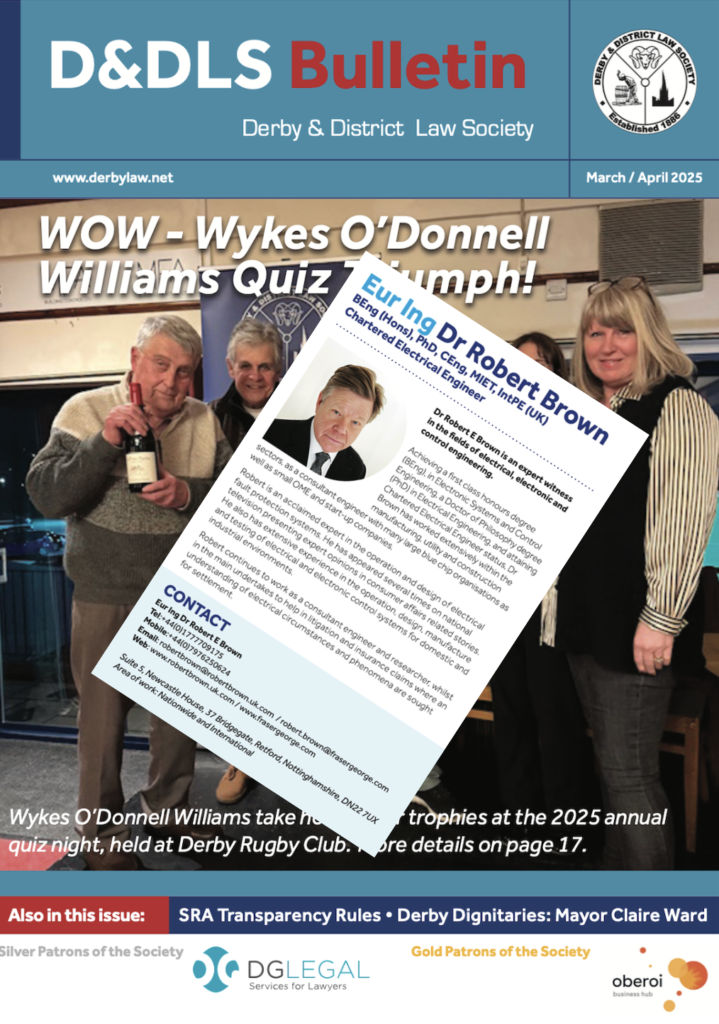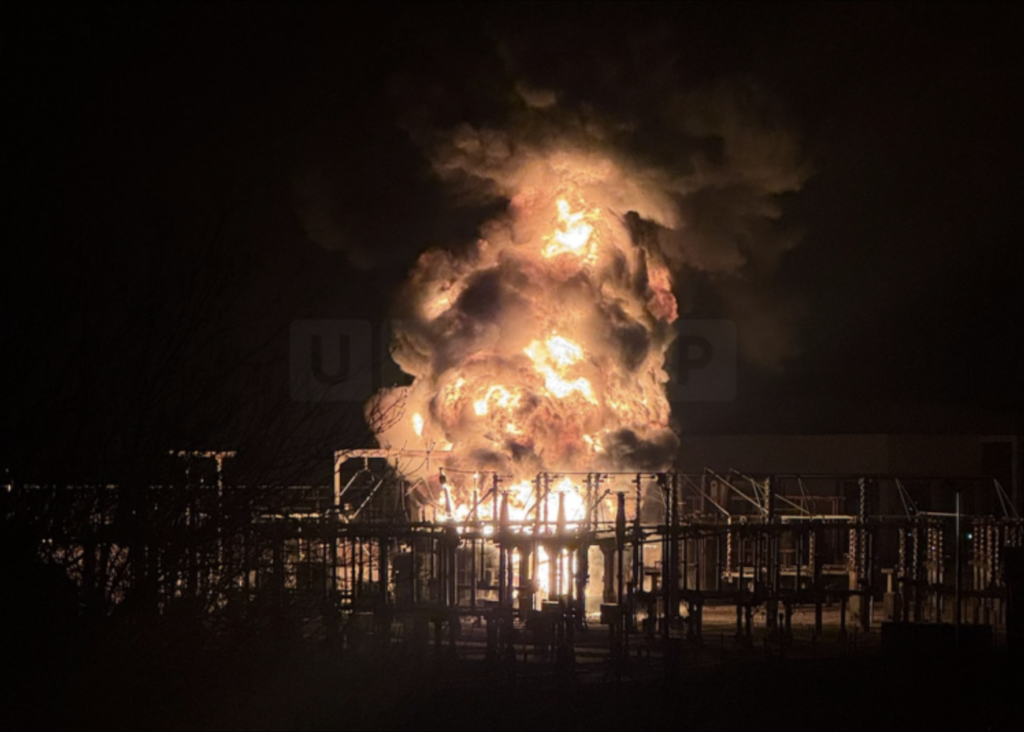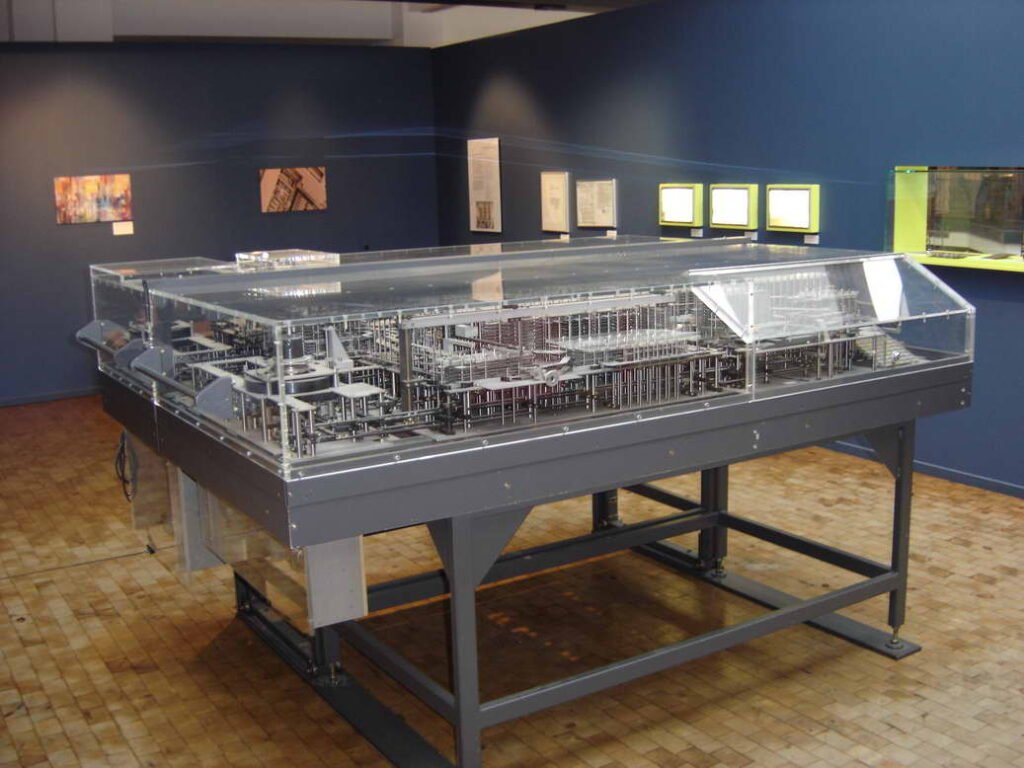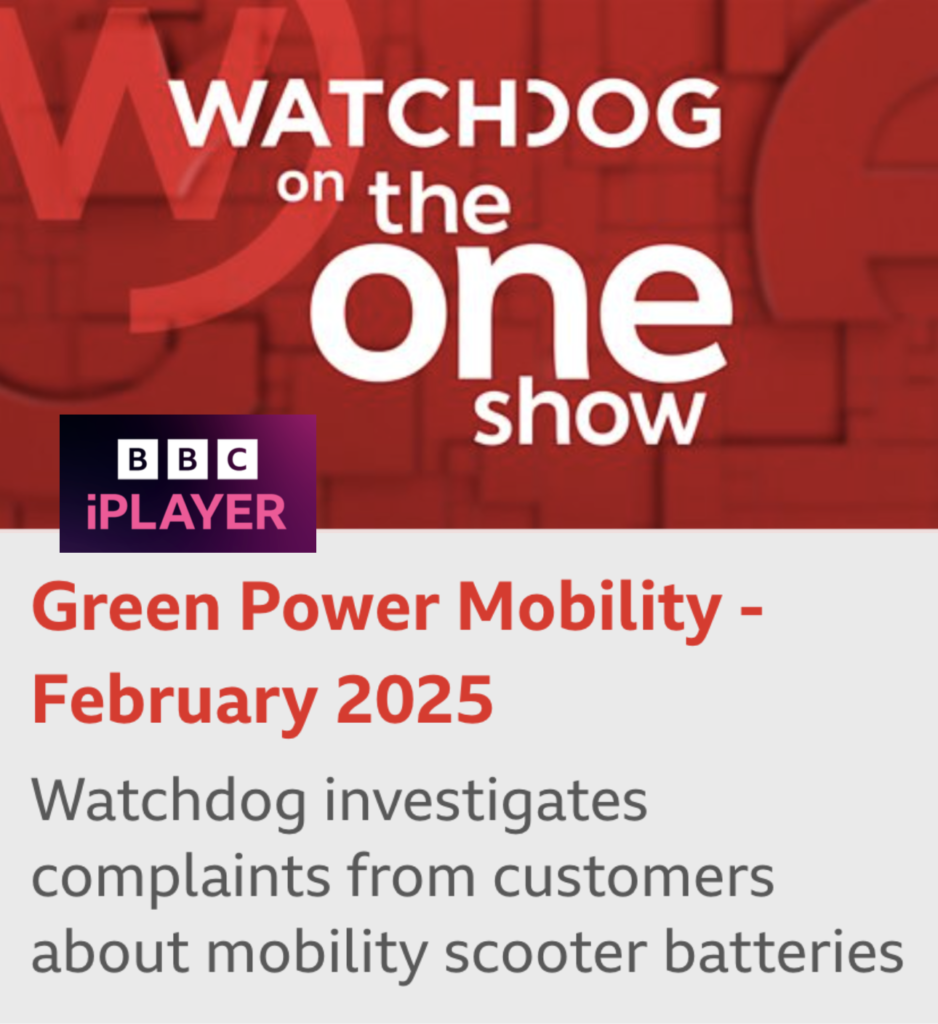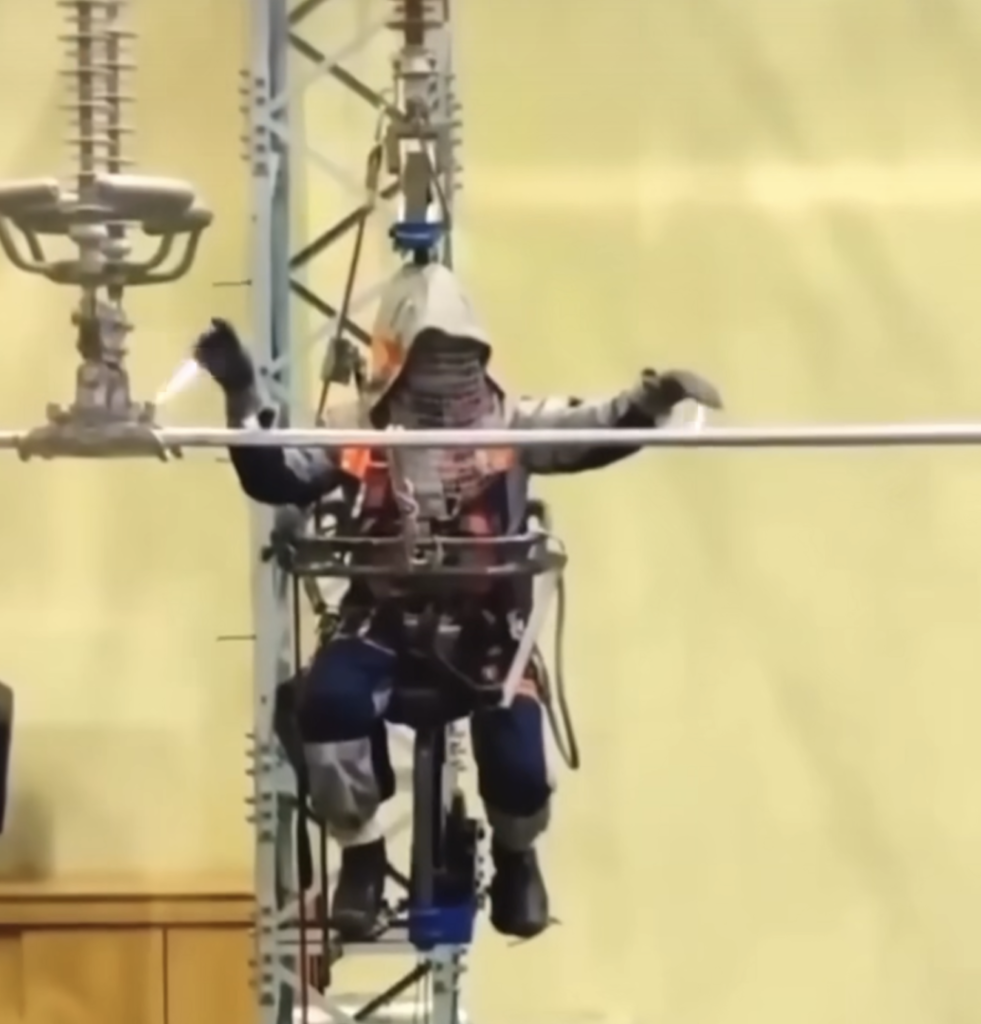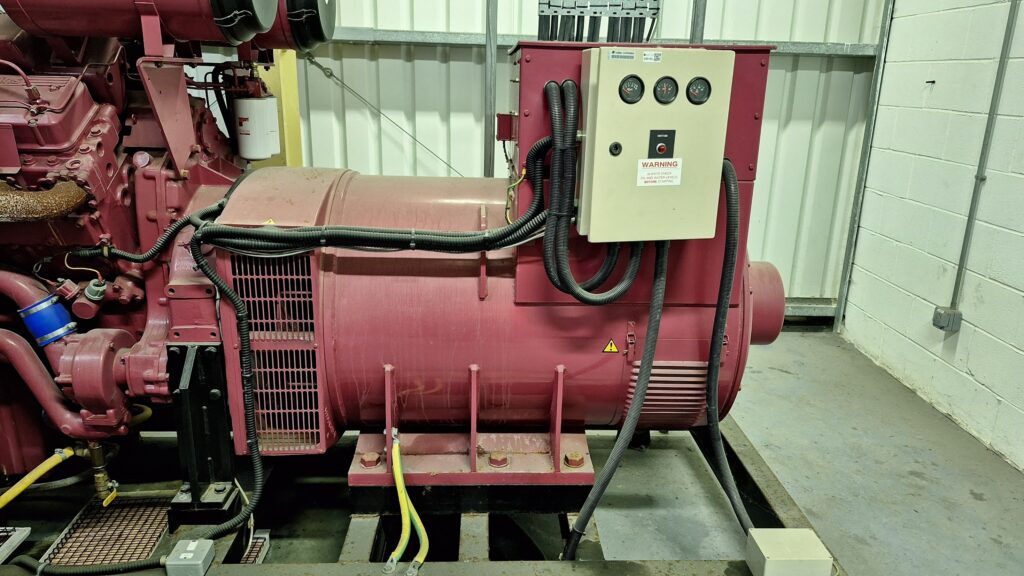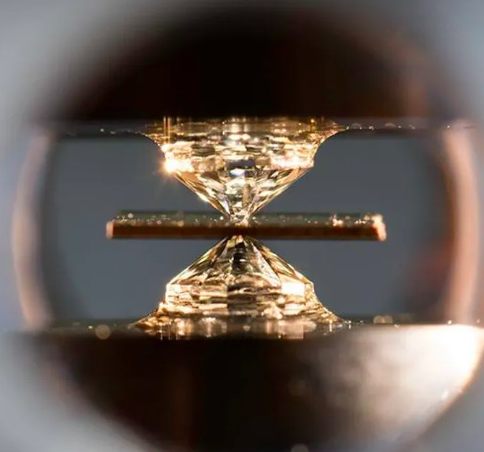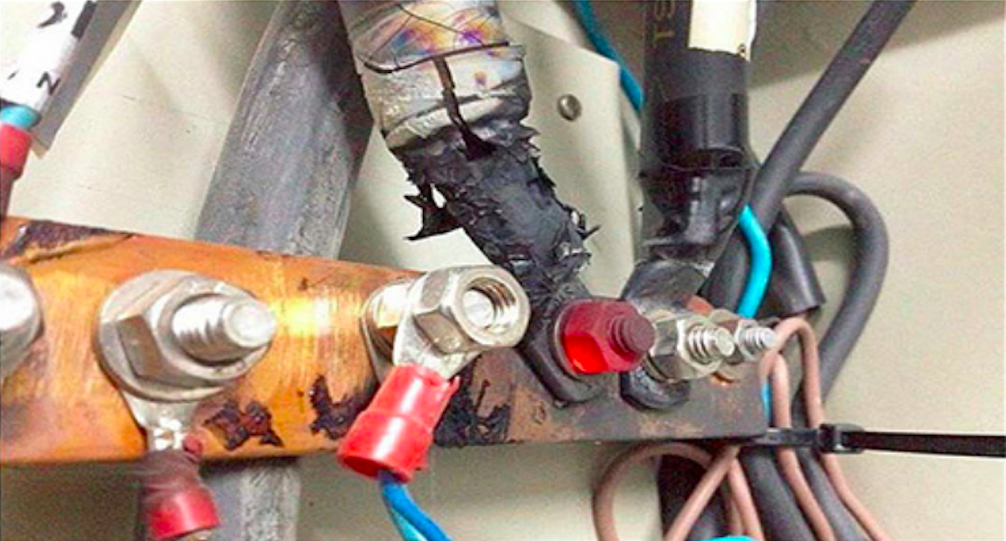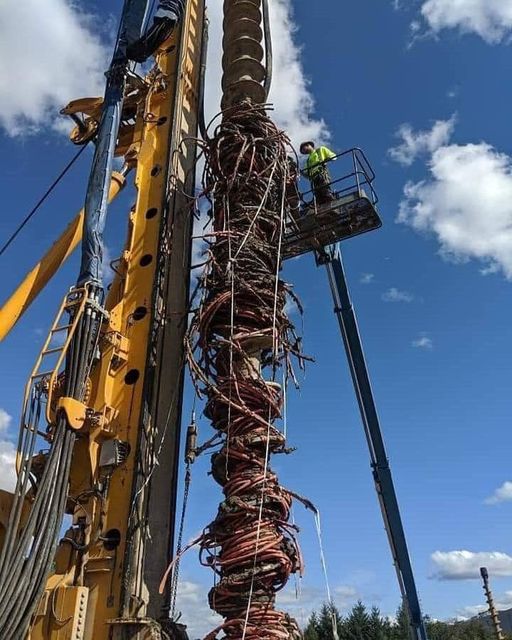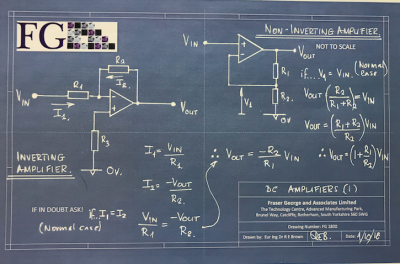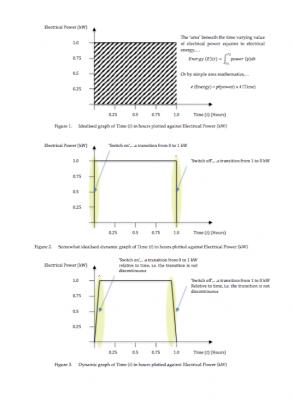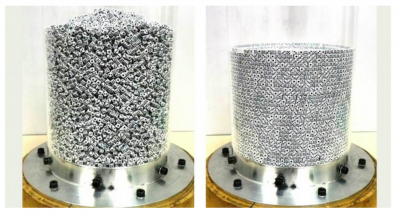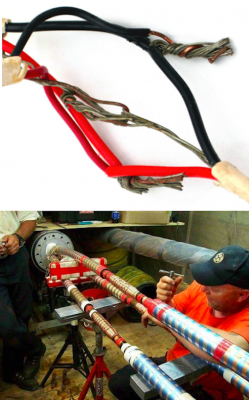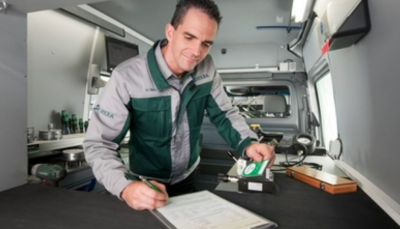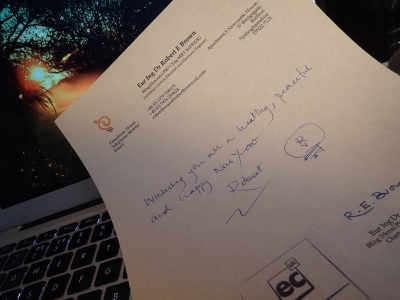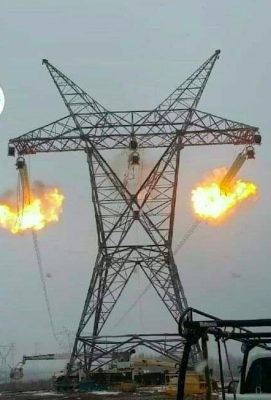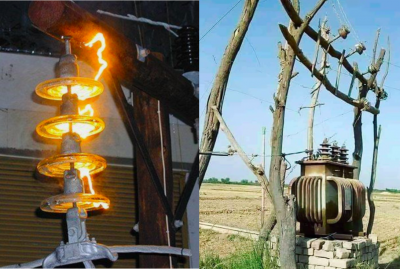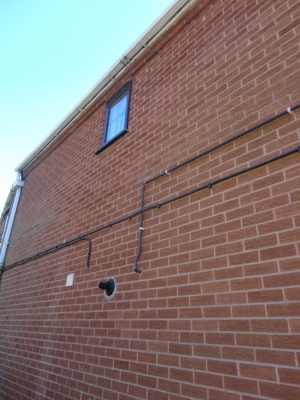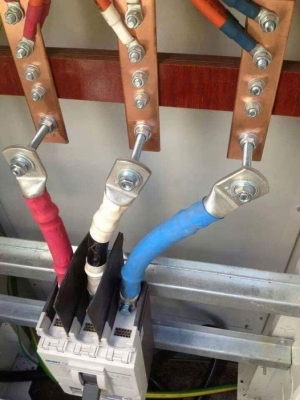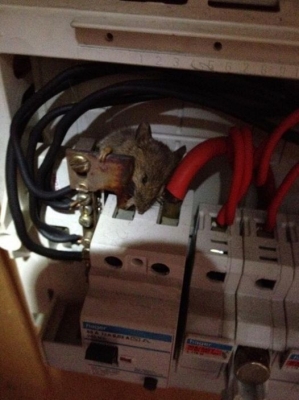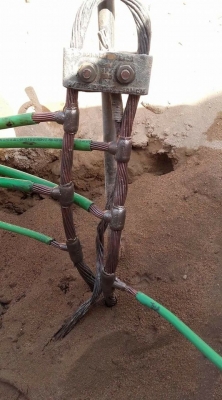Science supports the proposition that fundamentally there are two (2) electrical incendive phenomena Joule heating, also referred to as resistive or ohmic heating, and gaseous conduction of electrical energy in free air, which can be subdivided into two (2) energy related phenomena referred to as electrical arcing and electrical sparking.
Joule heating
Joule heating is a natural ‘electrical’ phenomenon, caused by interactions between electrons, the flowing fundamental particles of electrical current and atomic ions comprising the body of medium through which the current is passing, i.e. the electrical conductor. In other words, as electrical current flows through an electrical cable/wire, the process generates ‘heat’.
Further, the amount of heat generated is proportional to the magnitude of the electrical current and electrical resistance of medium through which the current is passing, i.e. cable, wire or whatever.
Hence given excessive heating of an electrical conductor, given an increase in the magnitude of electrical current or electrical resistance, then the electrical conductor will rise in temperature and if continual will physically change state, i.e. a phase change, say from solid to liquid or liquid to gas.
In the process of continual joule heating and phase/state change of an electrical conductor, logically any combustible material in close proximity to the conductor will in most cases ignite and promote the generation and proliferation of fire.
Gaseous conduction of electrical energy in free air
A gas in its normal condition is a non-conductor of electricity. On the other hand, when a gas is exposed to intense electrical forces, it becomes a conductor of electricity. A gaseous conductor is characterised as a plasma supported between two electrodes and when established emits intense light and is much elevated in temperature, circa 20,000oC.
Fundamentally, gaseous conduction of electrical energy in free air can be subdivided dependent of the electrical energy levels inherent in the discharge phenomena. Further, the type of discharge can influence fire ignition within the intimate environment of the gaseous discharge given malfunction of an electrical system or device.
Fundamentally, ‘energy’ of any form is the rate of ‘doing work’, or expressed as power per unit of time, i.e. mathematically energy is represented as,…
Energy (E) = Power (P) x Time (t)
The two (2) gaseous conducting in free air phenomena can be characterised thus.
Electrical arcing (High energy discharge = high power x long time)
An electric arc is the form of electric discharge with the highest electrical power density. The maximum electrical power of the arc is limited only by the external electrical circuit to which the arc is connected, not by the arc itself. This is similar in the case of an electrical spark where the external electrical circuit of the spark has limited power.
In terms of incendive attributes an electrical arc is considered the most devastating and destructive of gaseous conductors, in particular where an arc is established in an electrical circuit which is rich in stored energy i.e. inductive/magnetic energy, or a circuit which has a constant energy source, i.e. an electrical energy generator, i.e. a battery or a standard rotary generator. In these circumstance the arc will persist until the energy is isolated or energy reduces below a level to sustain arcing.
Electrical sparking (Medium energy discharge = high power x short time)
The key parameter of electrical sparking is ‘time’, which generally is very short in the matter of millionths of a second (micro seconds, abbreviated to mSec). As with electrical arcing, electrical sparking is dependent on the attributes of its parent external electrical circuit. In the case of an electrical spark the external circuit most generally has limited electrical energy storage capacity.
Hence electrical sparking is the rapid transition from a non-conducting to a conductive state and produces a brief emission of light and a sharp crack or snapping sound. A spark is created when the applied electric field exceeds the dielectric breakdown strength of the intervening medium. For air, the breakdown strength is about 30 kV/cm at sea level. Examples of electrical sparking phenomenon are static electricity, motor car spark plugs, piezo spark generation.
Fire as an entity
Fire as an entity, exists given the provision of three (3) fundamental components these being heat, fuel and oxygen. In previous discussions the heat component in this case have been suggested to be either of the electrical incendive phenomena, i.e. Joule heating or gaseous conduction.
Heat
Heat must be present in order for ignition to take place. All flammable materials give off flammable vapours which, when heat is present, combust. Heat is also responsible for the spread and maintenance of fire as it removes the moisture from nearby fuel, warming the surrounding area and pre-heating fuel in its path, enabling it to travel and develop with greater ease.
Fuel
In order for a fire to start there must be a material to burn – and this is referred to as the fuel. Fuel is any kind of combustible material, including paper, oils, wood, gases, fabrics, liquids, plastics and rubber. The fuel for a fire is usually characterised by its moisture content, size, shape and quantity and this will determine how easily the fuel will burn and at what temperature.
Oxygen
As well as fuel and heat, fire also requires oxygen to stay alight. Ambient air is made up of approximately 21% oxygen and, as most fires only require at least 16% oxygen to burn, it acts as the oxidising agent in the chemical reaction. This means that when the fuel burns, it reacts with the oxygen to release heat and generate combustion.
Perpetuation of fire
Hence given the latter albeit, that a fire has ignited through a heat source, then fire as an entity is perpetuated since heat is ever present, yet given a supply of fuel and oxygen. Remove either of these component parts of ‘fire’ and fire will extinguish.
Eur Ing Dr Robert Brown (Robert) is a Consultant Engineer in the fields Electrical Electronic and Control Engineering. Robert is also an accomplished professional Expert Witness having prepared and presented many court compliant reports and presented oral evidence within the High Court, Crown Courts and County Courts.
For further information please contact Robert via;
Email,…robert.brown@frasergeorge.com or robertbrown@robertbrown.uk.com
Tel Land: +44 (0)1709 739228
Tel Mobile: +44 (0) 7976250624



